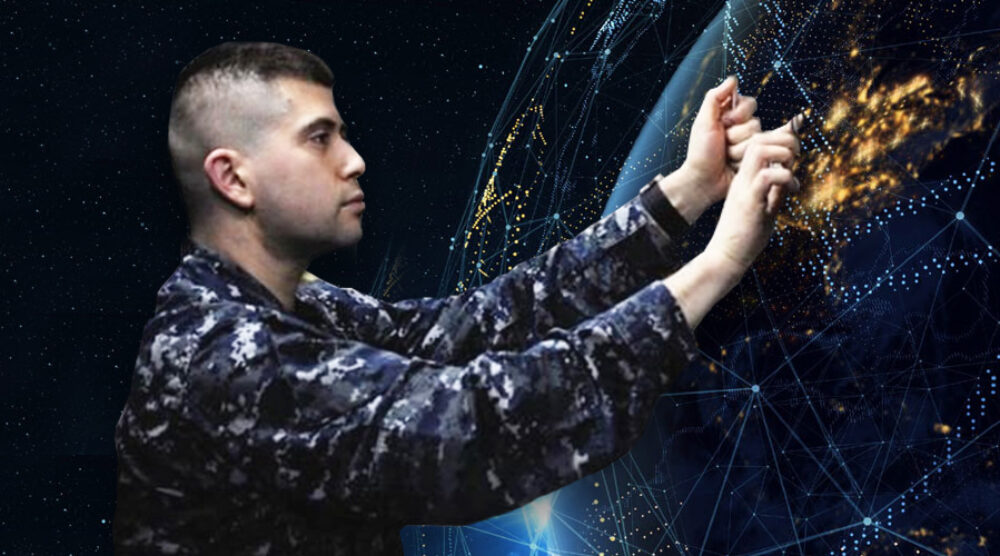Artificial intelligence, big data, virtual reality, robotics, cloud computing. The information technology (IT) revolution rolls on, progressively changing the world. The revolution is most obvious to us professionally in areas like the digital battlespace and fifth generation warfare concepts but also individually in our smart phones, chat rooms and social media accounts. There is however, an overlooked area where these aspects intersect and that is mobilisation. It’s a dry term albeit fundamental. Mobilisation involves “being ready to execute a specific operation”. It’s at the core of everything the ADF does.
Mention mobilisation and people instantly think of world wars, gigantic factories churning out military hardware on a vast scale and society wide conscription. In reality, any ADF operation were more personnel, money or material is required than the normal peacetime rate of effort involves some form of mobilisation: selective, partial, within government or national. It’s simply the process of moving from preparedness to being able to undertake and complete a particular operation.
The IT revolution has now reached a stage where it could potentially markedly change how the ADF thinks of, prepares for and undertakes mobilisation. That’s the good news. Worryingly there is also a dark side where hostile states or non-state actors could now use mobilisation as a weapon against us.
Please click here to read the full “Mobilisation in the information technology era” published at The Forge, written by Griffith Asia Institute Visiting Fellow, Dr Peter Layton.








